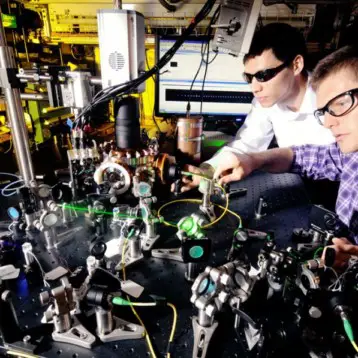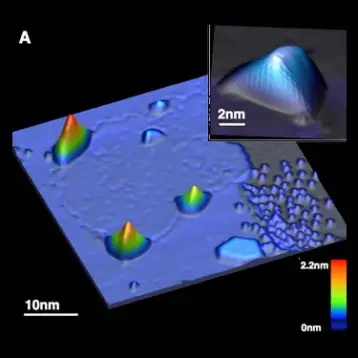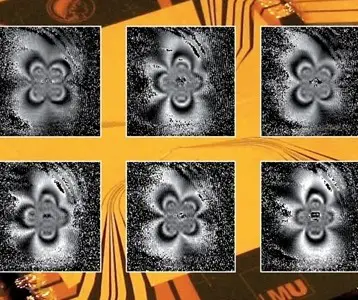A transistor is a semiconductor device commonly used to amplify or switch electronic signals. Usually it is made of a solid piece of a semiconductive material; moreover, at least three terminals are used for connection to an external circuit. Applying voltage or current to one pair of the terminals changes the current flow. While some transistors are packaged individually, most are found in integrated circuits.
Now, a collaborative team of researchers from the Helsinki University of Technology (Finland), University of New South Wales (Australia), and University of Melbourne (Australia) have succeeded in building a working transistor whose active region composes only a single phosphorus atom in silicon. They published their results in Nano Letters, a journal of the American Chemical Society.
The newly engineered device is utilizing principles of sequential tunneling. Single electrons are transferred between the phosphorus atom, the source, and drain leads of the transistor. Suppressing and allowing tunneling is made thanks to voltage control, done by a nearby metal electrode with a width of a few tens of nanometers.
The importance of this discovery derives from the ever-shrinking size of transistors that allowed the creation of our information society. Computer minimization, gadgets’ creation, and rapid development of portable electronic accessories were possible thanks to mass production of transistors by way of highly automated processes. Although diodes, resistors, capacitors, and other basic components are required in order to manufacture a fully functioning electronic circuit, this is the first step towards making molecular-scaled electronics.
|
Dr. Mikko Möttönen, one of the lead researchers on this project, said: “About half a year ago, I and one of the leaders of this research,professor Andrew Dzurak, were asked when we expect a single-atom transistor to be fabricated. We looked at each other, smiled, and said that we have already done that.”
One of the project’s goals is to utilize the spin degree of freedom of the phosphorus donor’s electron, operating it as a quantum bit (“qubit”). According to the recently published study, experiments have shown that single phosphorus atom has up and down states, which are essential when defining a qubit. Therefore, the research can benefit from the single-atom transistor as well.
When asked about the application of this development in quantum computers, Möttönen confesses: “In fact, our purpose was not to build the tiniest transistor for a classical computer, but a quantum bit which would be the heart of a quantum computer that is being developed worldwide.”
TFOT has also covered the discovery of Bismuth Telluride, a new type of material that could increase the speed, performance, and efficiency of future computer chips, and the manipulation of a single electron’s quantum state in a silicon transistor, demonstrated by an international team of researchers. Other related TFOT stories include the Lengthening of Quantum Bit Memory, made by lasers, and a piece on the creation of the World’s First Molecular Gear, made by A*STAR.
For more information about the single-atom transistor, see Helsinki University’s website.












